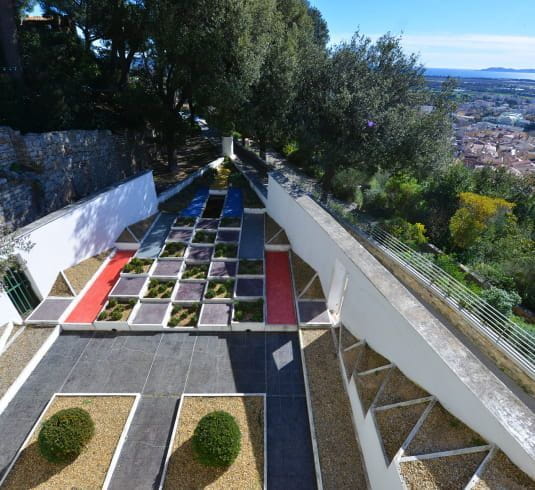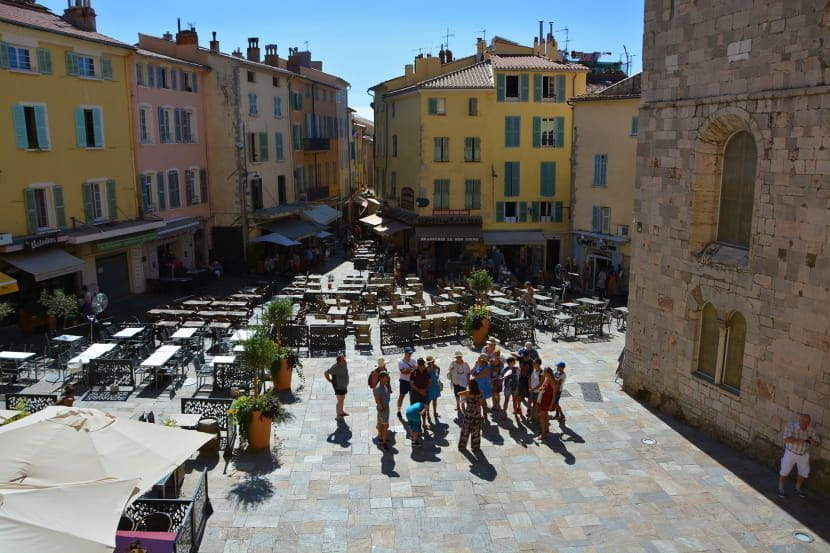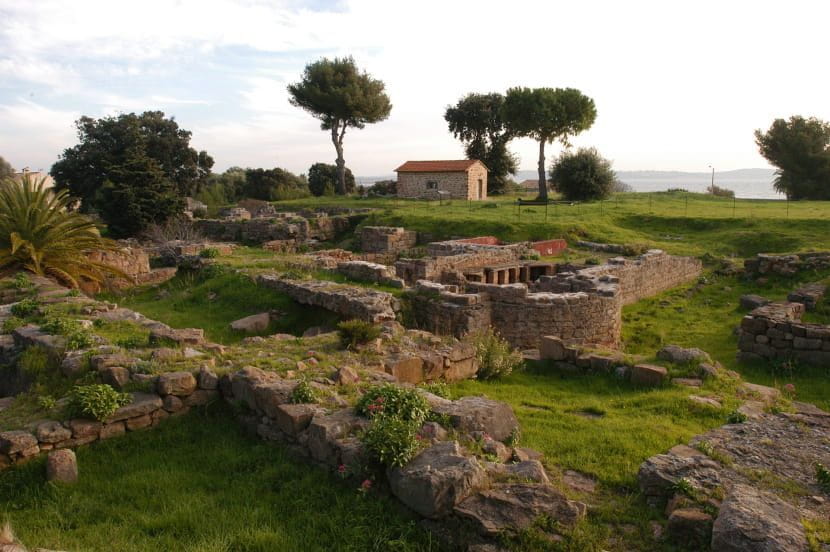
COMING TO HYÈRES
Hyères-les-Palmiers is located in the Var department, a short distance from Toulon (about 20 km), as well as close to Fréjus-Saint-Raphaël and Saint-Tropez. Nearby towns such as La Crau, Carqueiranne and Pierrefeu-du-Var are also within easy reach.
This territory has full access to means of transport, having its own airport and a port of significant importance.
For air travel, Toulon-Hyères airport is located on the territory of Hyères-les-Palmiers, offering connections to destinations in France and some European cities. In addition, two international airports, namely Nice Côte d’Azur International Airport and Marseille Provence Airport, are nearby.
To get to Hyères by road :
Coming from Lyon / Paris : A7 then A50 motorway, cross Toulon towards Nice on the A57, then exit and take the A570;
Coming from Nice : A8 motorway then A57, take the exit to join the A570.
Rail options include Hyères station, which is served by the TGV and TER.
As far as maritime travel is concerned, the city has two ferry terminals. The first, located at the Tour Fondue, at the end of the Giens peninsula, manages the links to Porquerolles. As for the islands of Port-Cros and Levant, boats depart from the port of Hyères.
To be discovered...
VISIT HYÈRES
The beautiful town of Hyères-les-Palmiers attracts travellers in search of discoveries in the heart of nature. Thanks to its exceptional archipelago, known as the Golden Islands, which is located just opposite the city, Hyères offers a unique and preserved environment, conducive to the observation of fauna and flora, including rare species.
The medieval old town that stretches across the hill is a particularly charming destination for visitors. In addition to the remains of the Castle, there are magnificent sites to explore, such as the Church of Saint-Louis on the Place de la République and the Templar Tower, located on the Place Massillon. The latter, built in the 12th century by the Knights Templar, served as the town hall until 1914.
In the Almanarre district, the archaeological site of Olbia offers a fascinating glimpse of this trading post established by the Greeks in the 4th century BC. In terms of museums, the Villa Noailles offers a Museum of Modern Art and a Centre of Art and Architecture, while its Saint-Bernard Park is home to an exceptional variety of rare plant and animal species. The city is also home to the Olbius-Riquier Jardin d’Acclimatation. Finally, don’t miss the salt circuit, which allows you to discover the trades related to salt production and the techniques used in the Pesquiers – La Capte salt marshes.

A BIT OF HISTORY…
Around the 4th century BC, Greek sailors from Massalia built a trading post in these lands, which they named Olbia, a Greek term meaning “the happy one”. This adjective was certainly appropriate, given the valuable reserves of salt that came from the nearby salt pans, as well as the flourishing trade in skins, oils, and wine. Olbia was strategically located near a galley port, but it also had a marina, allowing ships to call over, thus offering the possibility of escaping the pirates who were rampant at that time.
However, Ligurian invasions and various conflicts led to the destruction of Olbia. The Romans then established the colony of Areae, meaning “salt marshes” in Latin. At the beginning of the 11th century, the castle was erected on the hill. Then, the region was marked by the Wars of Religion, the Templar period, epidemics… Only a few remains of the Castle remain today, but the Templar Tower, built in the 12th century, remains.
As a beach destination, the city has also been home to famous personalities over the years. Among them are illustrious names such as Queen Victoria, Victor Hugo, Leo Tolstoy, Paul Bourget and Pauline Borghese, who have contributed to enriching the history of this charming town.
